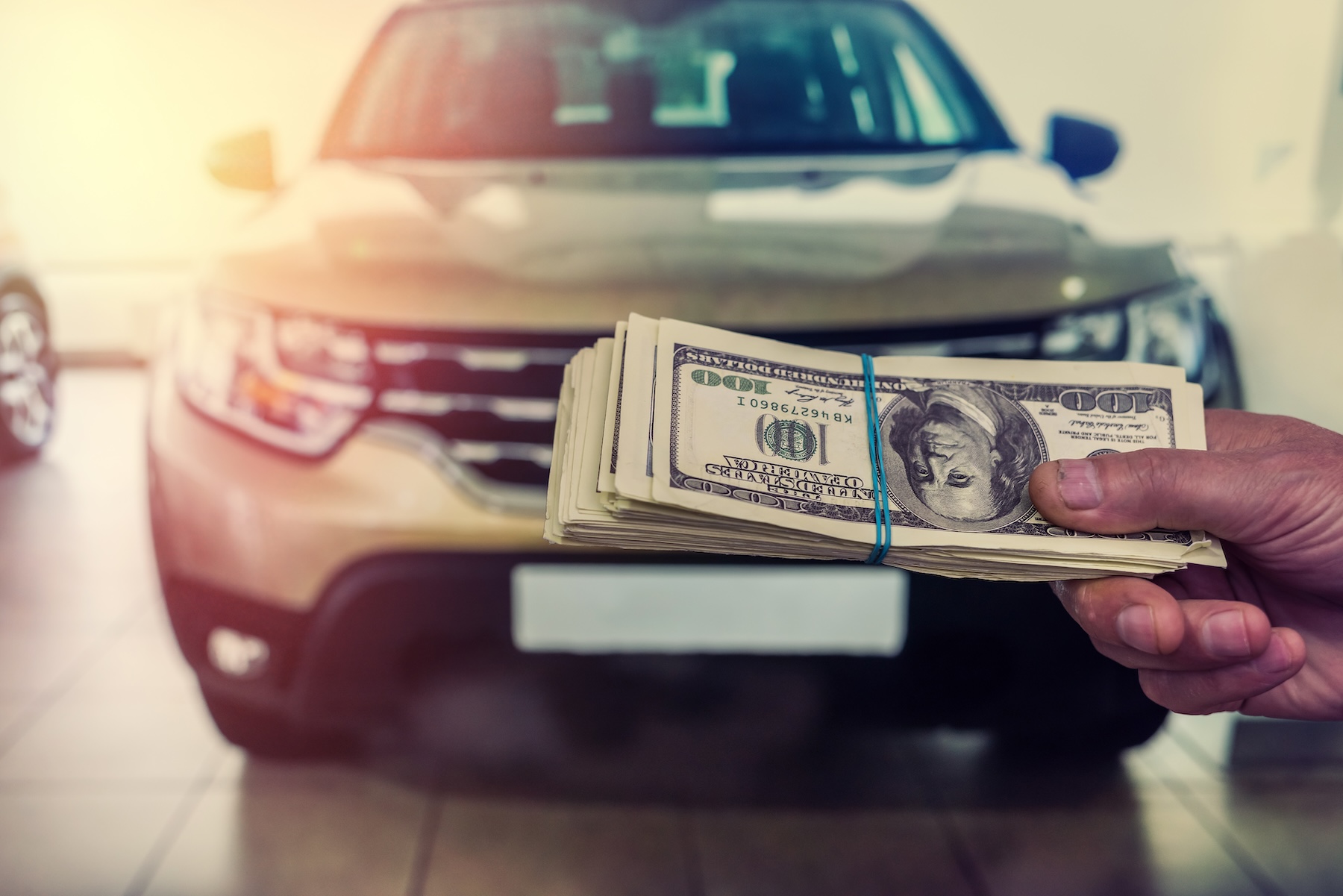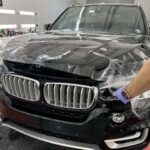Owning a car is a major investment, and protecting that investment should be a top priority for any car owner. While regular maintenance and careful driving can help preserve your vehicle, it’s often the unexpected that can cause costly damage—whether it’s rock chips from the highway, scratches from debris, or wear and tear from daily driving. One of the best ways to protect your car’s exterior and save on expensive repairs is by applying Paint Protection Film (PPF).
This nearly invisible shield not only preserves your car’s appearance but also keeps your wallet safe from hefty repair bills. Here’s how Paint Protection Film can save you thousands of dollars in the long run by preventing damage before it happens.
What is Paint Protection Film (PPF)?
PPF, also known as a “clear bra,” is a transparent urethane film that is applied to the surface of your vehicle. It’s engineered to act as a durable barrier, protecting your car from common hazards like rock chips, scratches, bird droppings, bug splatter, and even harsh environmental conditions. Many high-quality PPF options have self-healing properties, meaning small scratches and abrasions disappear with heat exposure, keeping your car looking brand new.
The best part? PPF can be applied to high-impact areas like the front bumper, hood, fenders, side mirrors, and door edges—or even your entire vehicle for maximum coverage.
The Financial Benefits of PPF
1. Preventing Expensive Paint Repairs
One of the primary reasons car owners turn to PPF is its ability to prevent paint damage. A tiny rock chip from the road can lead to a series of headaches: once the paint is chipped, rust can set in, causing long-term damage that can be expensive to fix. A professional paint job to repair a small chip can cost anywhere from $500 to $2,000, depending on the damage. Multiply that over several chips or scratches, and your repair bills can skyrocket.
In contrast, installing PPF on high-impact areas like your hood or bumper typically costs less than a single professional paint repair and provides long-term protection. A good quality PPF can last up to 10 years with proper care, offering significant savings over time.
2. Avoiding Full Panel Replacements
Sometimes, damage from debris or other road hazards is so severe that it requires an entire panel replacement—think a severely scratched or dented fender or bumper. Panel replacement can be an incredibly costly repair, often ranging between $1,000 and $5,000, depending on the part and vehicle model.
PPF can absorb these impacts and scratches, sparing your original paint and panels from needing replacement. If the PPF itself is damaged, replacing just the film is far less expensive than replacing an entire panel.
3. Maintaining Resale Value
A car’s resale value is closely tied to its condition. Even minor cosmetic damage like chipped paint, scratches, or fading can significantly reduce your vehicle’s value. Buyers are often wary of cars that show signs of neglect, leading to lower offers.
By applying PPF, you’re preserving your car’s original paint, which keeps it in top shape and maximizes its resale value. When it comes time to sell or trade-in your vehicle, a flawless exterior can net you a higher return—sometimes thousands more than a vehicle with visible wear and tear. Many dealerships and buyers appreciate that PPF was used, knowing the car’s paint has been preserved from damage.
4. Protection Against Everyday Wear and Tear
It’s not just high-speed driving or off-road adventures that can damage your car’s paint—everyday use poses risks, too. Simple acts like opening car doors in parking lots can result in unsightly dings and chips, while road debris like gravel or sand can slowly wear away the paint over time.
PPF serves as an all-purpose shield, protecting your car’s paint from these daily hazards. This protection reduces the need for frequent touch-ups and minor repairs, which add up over time.
Real-World Example: PPF vs. No PPF
To see how PPF pays for itself, let’s look at a real-world scenario. Imagine two drivers, both with mid-range vehicles, like a BMW 3 Series or a Tesla Model 3.
- Driver A chooses not to install PPF and drives frequently on highways and in urban areas. After a year, the front of the car shows significant rock chip damage, a few scratches, and some fading paint from UV exposure. To repair this, Driver A spends around $1,500 to repaint the hood and bumper.
- Driver B decides to invest in PPF, spending around $1,500 to apply the film to the front end of the vehicle. After a year, despite driving in the same conditions, the car’s paint remains in perfect condition, with only a few minor scuffs that are absorbed by the film. When those scuffs become noticeable, the PPF is replaced for about $500.
Over a 5-year period, Driver A may need to repaint or repair their car multiple times, potentially spending $5,000 or more on cosmetic repairs. Meanwhile, Driver B, having protected the vehicle with PPF, only replaces the film once or twice, saving thousands of dollars while maintaining the car’s pristine look.
Aesthetic Benefits: Keeping Your Car Looking New
While financial savings are a major selling point, many car owners choose PPF for its aesthetic benefits. It’s frustrating to see a shiny, new car lose its luster due to paint damage. PPF preserves that factory-fresh look by protecting against:
- Rock Chips and Scratches: High-speed driving can kick up gravel and rocks that chip paint. PPF absorbs these impacts, keeping your paint intact.
- UV Damage: Prolonged sun exposure can cause paint to fade and lose its vibrant color. PPF acts as a UV barrier, keeping your car’s paint bright and fresh.
- Environmental Contaminants: PPF protects against acid rain, bird droppings, tree sap, and road salts—each of which can damage unprotected paint over time.
Conclusion: A Smart Investment in Long-Term Protection
While the upfront cost of Paint Protection Film may seem like a significant investment, it’s clear that the long-term financial benefits far outweigh the expense. By preventing damage from road debris, daily wear, and environmental hazards, PPF saves you from expensive repair bills and preserves your car’s resale value.
For any car owner serious about maintaining their vehicle’s appearance and protecting their investment, PPF is a must-have. Whether you drive a luxury vehicle or your daily commuter, the protection and savings offered by PPF make it one of the smartest investments you can make for your car.









